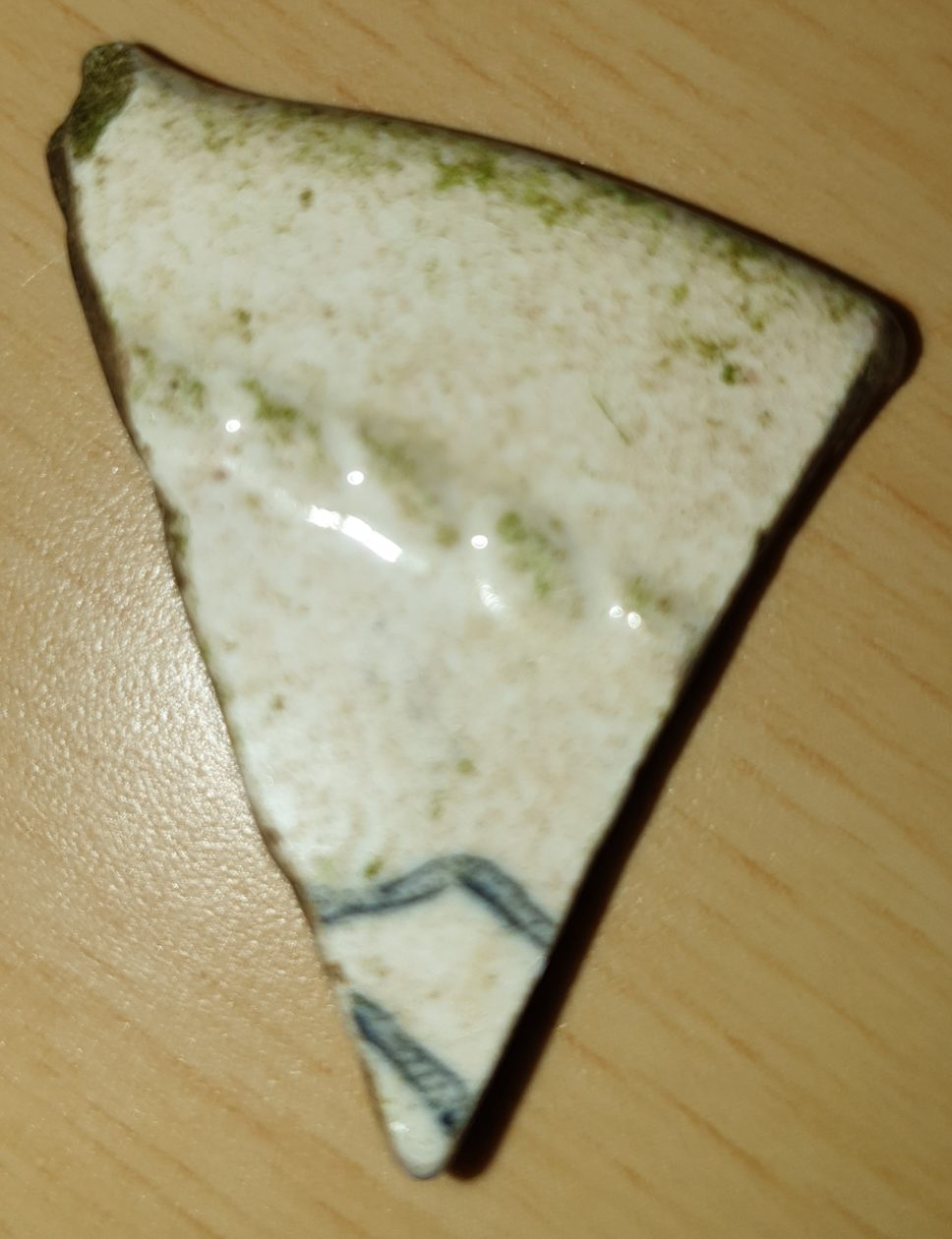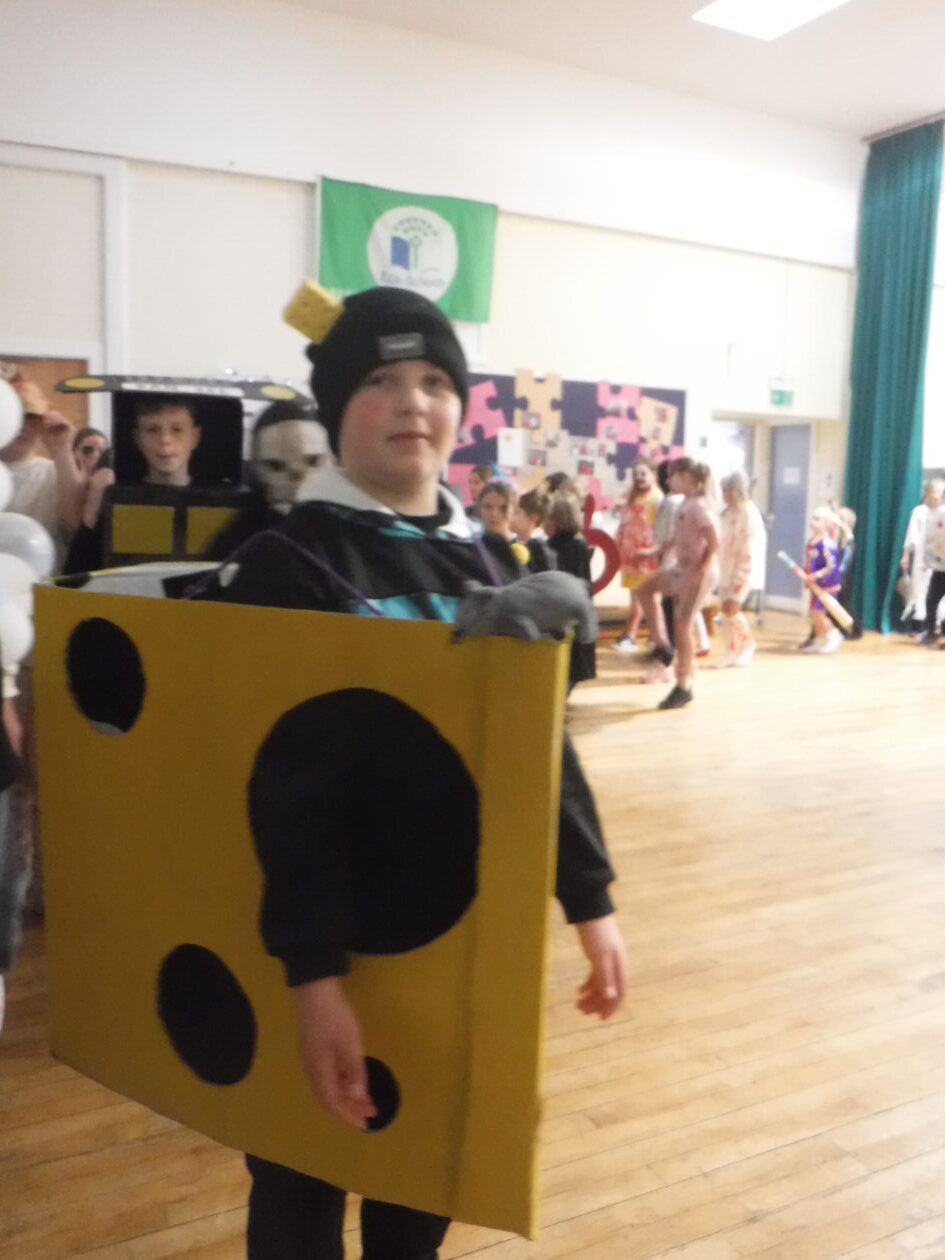 Hi guys, Caspian is back!
Hi guys, Caspian is back!
We went for a family walk down to the river side on Saturday near where we live. We wanted to get some fresh air in a quiet area, skim some stones and also measure the splash from various sized stones and rocks which we threw in the water. Our dog, Idris, did something she doesn’t normally do – she went digging for stones in the river and actually put her head under the water for a few seconds so she could get the rock she had chosen in her mouth. She looked hilarious because she became a ghost-like dog with her blonde fur fringe covering her eyes, that is until she had a big shake!
While we were there, I made a discovery! I found a shard of pottery and Mum suggested I did some research on it for one of today’s lessons. If the weather hadn’t been so clear, I may not have seen the shard, as is the case with many artefacts, the weather conditions can determine if it goes unnoticed or not. It was lying amongst the river side pebbles. It is 2.4cm by 2.8cm by 3cm (triangular in shape). The pottery is probably Victorian because of the nature of the glaze – I’m lucky Mum is an archaeologist so could help me find pointers for the age of production. Over the years, the shard has been covered in algae, the edges of the break rounded off through water and weather erosion, and I suspect the colour has faded away. It has decoration, both painted and embossed so it was not just a functional piece and so not the cheapest type of pottery in production at the time. I think the Victorian family came to the river side for a picnic, broke one of the saucers and did not pick up all the shards. Or, it could have been broken somewhere else and travelled downstream then been washed up on the bank. Eighty percent of all archaeological finds are made of pottery so not really of any value usually. This is because pottery has been in abundance for a very long time, and it also survives well throughout the years. I believe my shard is from a saucer due to it’s size and I think I have an obvious edge which makes it much easier to calculate the piece when complete. If I am right and it is Victorian, it is at least 119 years old!!
I also did some Maths and vocabulary work today. We are beginning to work on Mesolithic Scotland this week, starting with The Twelve Apostles and hunter-gathering.
09 12 09 11 05 01 07 01 13 05 03 01 12 12 05 04 18 15 02 12 15 24!


